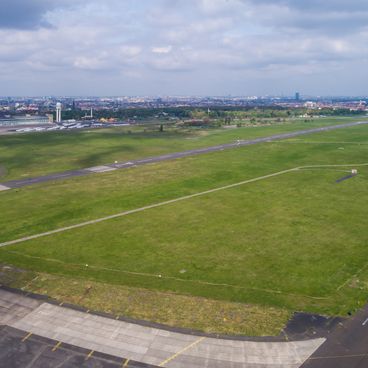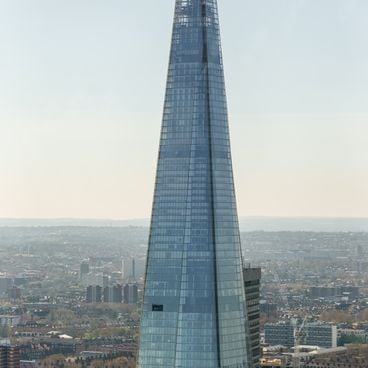More than thirty years after its fall, the Berlin Wall still marks the city. Between the districts of Mitte, Prenzlauer Berg, and Friedrichshain, traces of concrete, watchtowers, and commemorative plaques tell the story of a people's and a capital's division. Entire segments have been preserved, others transformed into memorial sites or artworks, such as at the East Side Gallery. Along the old border lines, museums and parks bring these historical remnants back to life: Checkpoint Charlie, Bernauer Straße, the Topography of Terror, and Mauerpark. Each site holds a particular silence, reflecting a time that Berlin does not erase but faces squarely. These locations invite understanding, feeling, and sometimes just remembering.
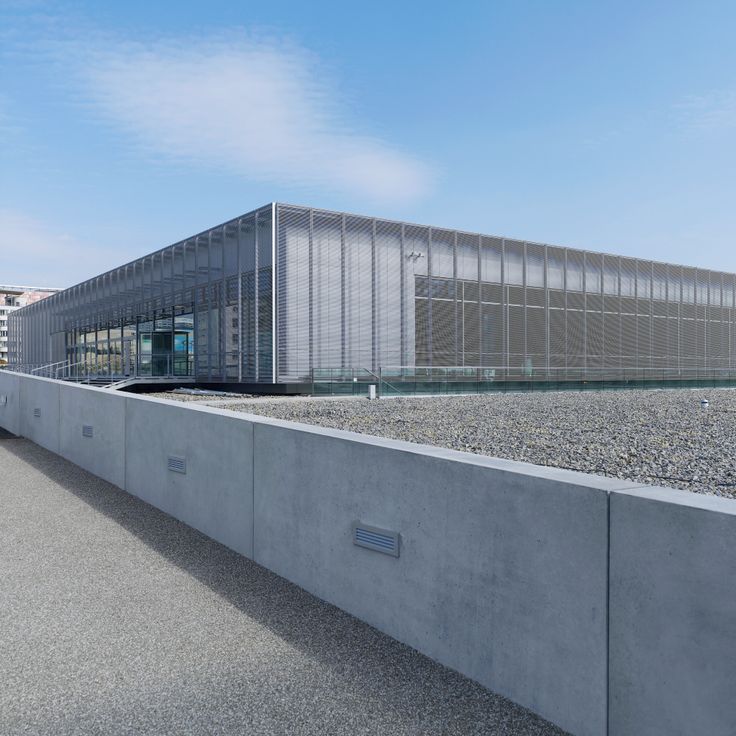
Berlin, Germany
Topography of TerrorOn the ruins of the former Gestapo headquarters, a section of the exterior wall has been preserved. The site recounts the history of Nazi terror institutions and the wall that long bordered these buildings.
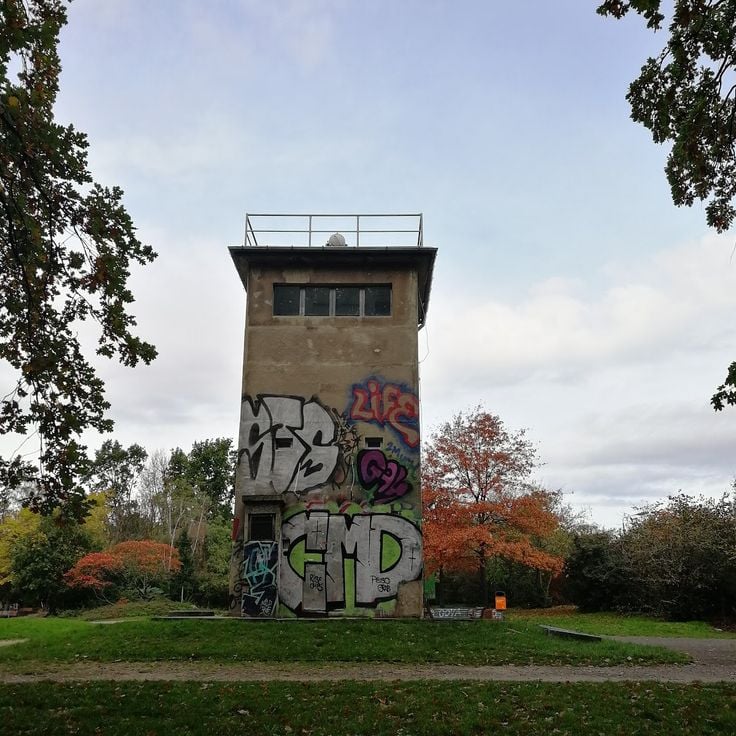
Berlin, Germany
Former Schlesischer Busch WatchtowerAn old watchtower, still standing as a witness to the border setup. Today classified as a historic monument, it offers insights into the surveillance once exercised over the city.

Berlin, Germany
Berlin Wall MemorialAt Bernauer Street, this memorial site includes a complete section of the inner and outer wall. Photographs and installations depict the lives of Berliners separated for nearly thirty years.
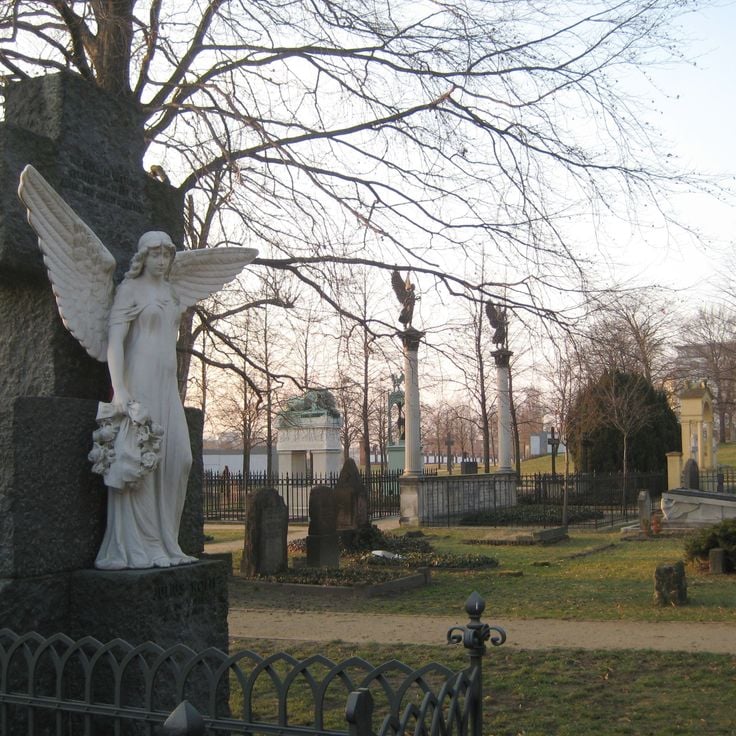
Berlin, Germany
Invalidenfriedhof CemeteryThis cemetery, crossed by the line of the wall, still preserves remnants of the barrier. Among the old graves, the memory of the wall's victims intertwines with that of the Prussian soldiers.

Berlin, Germany
Potsdamer PlatzOnce a restricted area, the square is now a symbol of rebirth. Some blocks of the wall are on display, recalling the border that crossed this space which has become a modern center of Berlin.
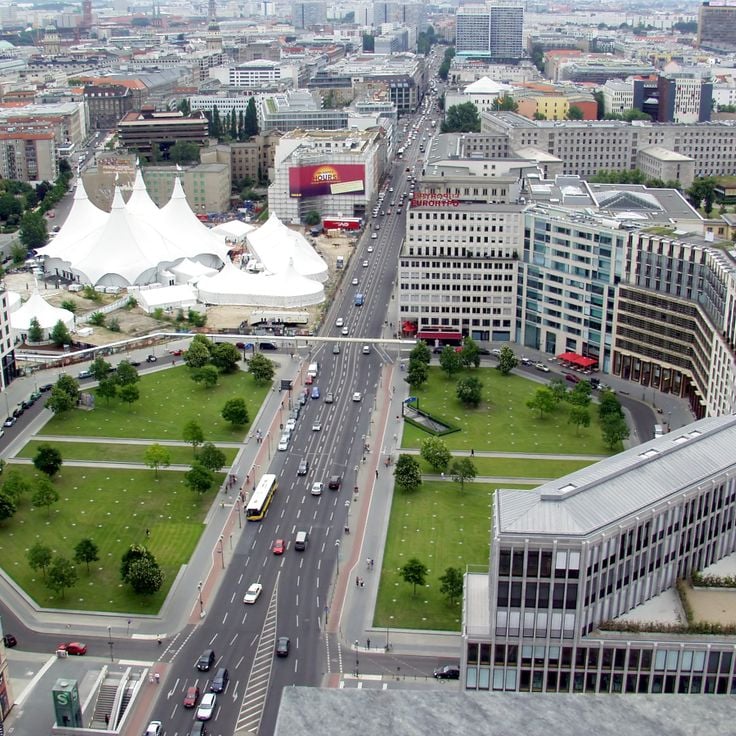
Berlin, Germany
Leipziger PlatzA short walk from Potsdamer Platz, this square has regained its pre-war vibrancy. Remnants of the wall remain embedded in the urban layout.
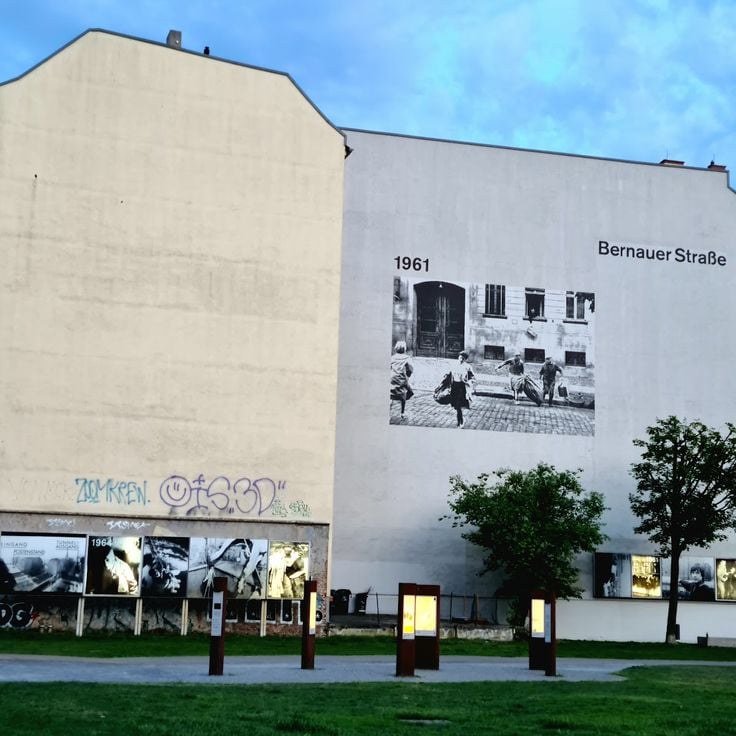
Berlin, Germany
Bernauer StraßeAn iconic street of the wall: here, families were separated overnight. Concrete fragments and period photographs bear witness to these moments of rupture and courage.

Berlin, Germany
St. Hedwig Parish CemeteryBehind the cemetery gates, a few meters of the wall have been preserved. The place, quiet and discreet, retains the memory of years of confinement.

Berlin, Germany
East Side GalleryOver 1.3 kilometers, the old wall has been turned into an open-air art gallery. Artists from all over the world have covered the concrete with murals, symbols of unity and regained freedom.
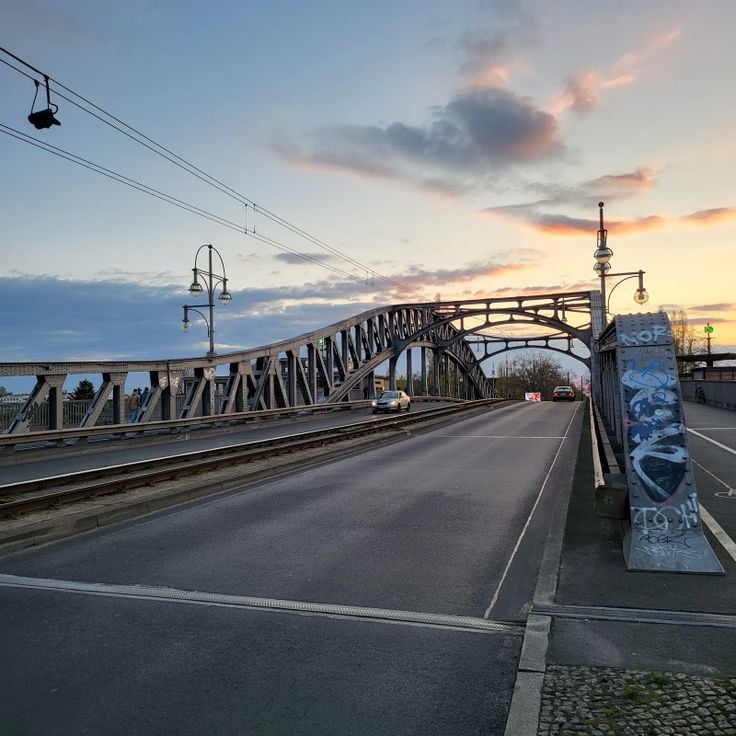
Berlin, Germany
Bornholmer Straße Border Crossing PointOn November 9, 1989, the border here was opened for the first time. A permanent exhibition recounts this pivotal moment when Berlin was no longer divided.
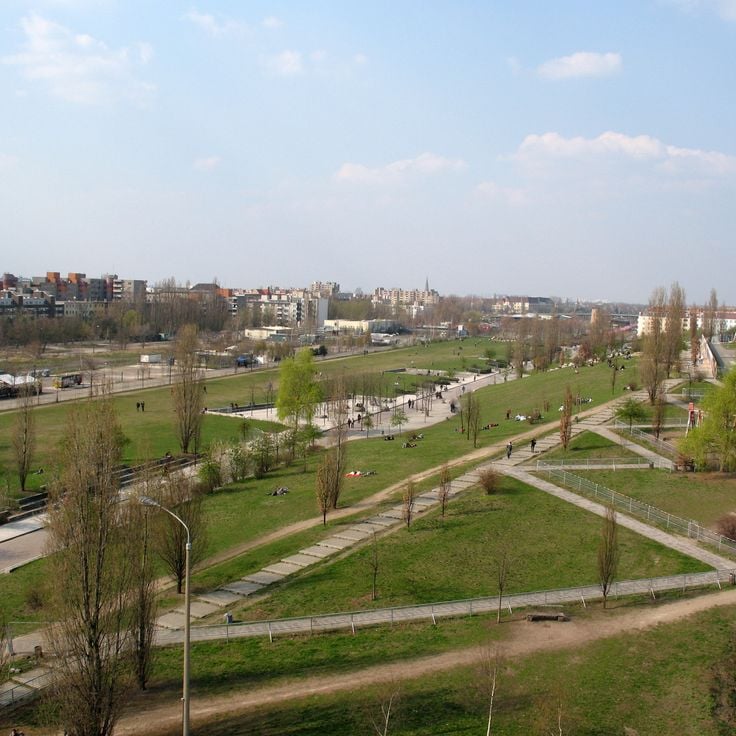
Berlin, Germany
MauerparkAlong the wall's path, a popular park has been established. A 300-meter section now serves as a canvas for street art in a free and festive spirit.

Berlin, Germany
Park at NordbahnhofThis urban park, built on an old disused train station, retains fragments of the wall. Among the trees and bike lanes, the past can still be sensed.
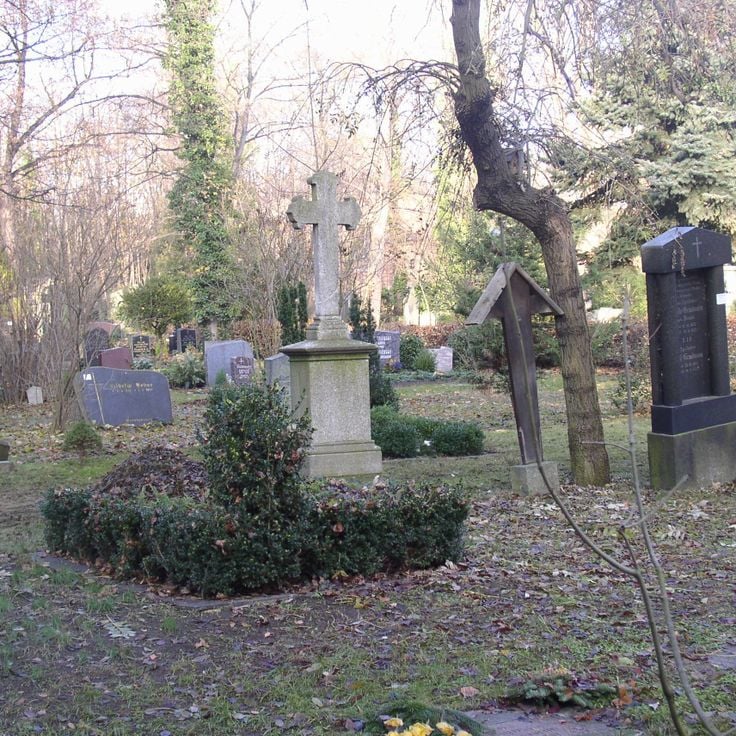
Berlin, Germany
Liesenstraße RemnantAt the intersection of Gartenstraße, a remaining section of the wall still stands. A tangible reminder of the border that ran through the city center.
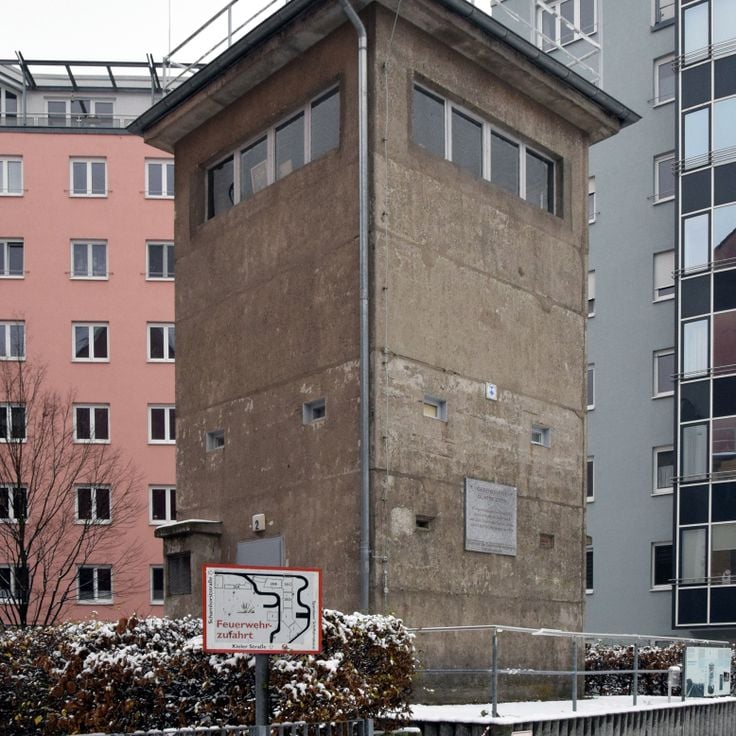
Berlin, Germany
Günter Liftin MemorialLocated near an old watchtower, this memorial commemorates one of the first victims of the wall. Its history symbolizes the cost of freedom in Berlin.
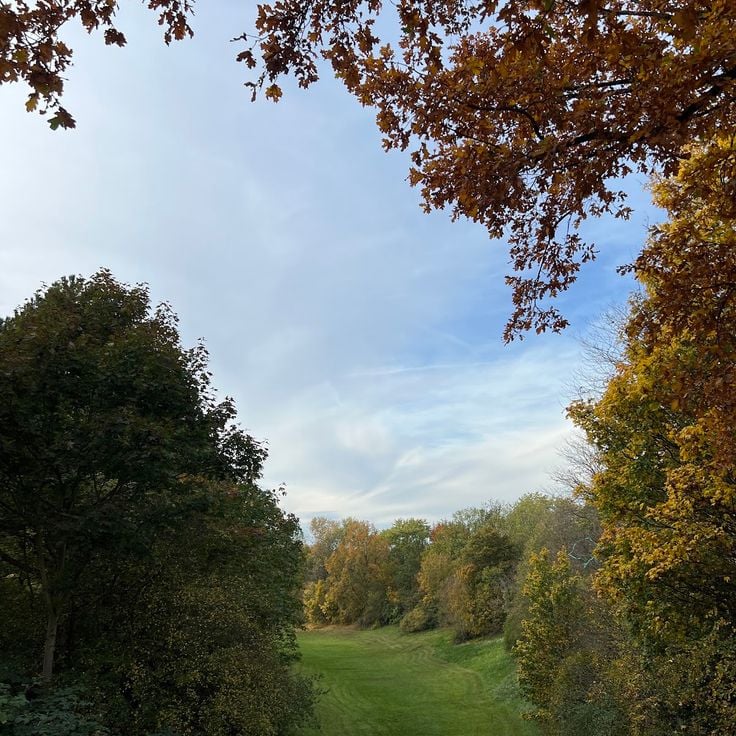
Berlin, Germany
Rüdower HöheThis park contains a 350-meter section of the wall, protected by a fence. The original white paint can still be seen, a raw remnant of the past.
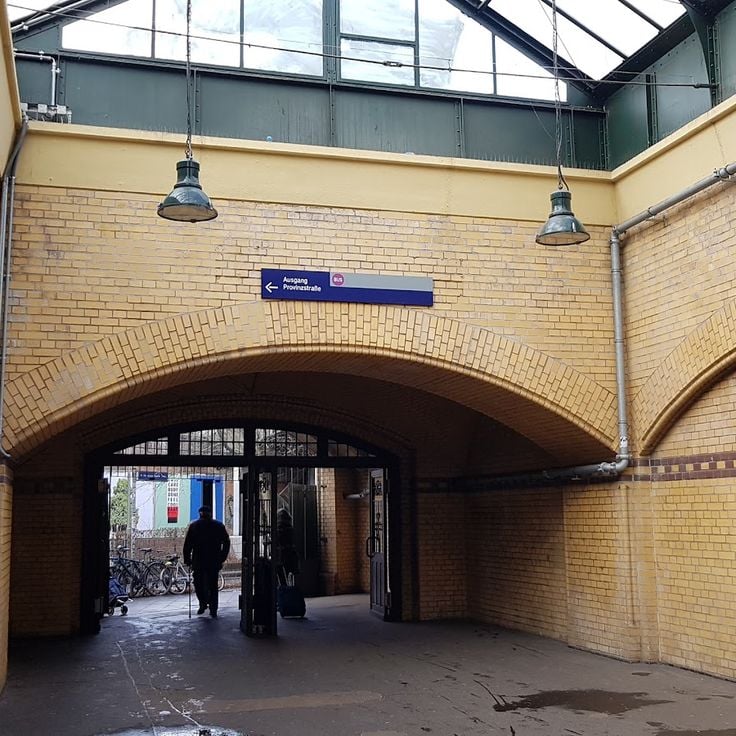
Berlin, Germany
Schönholz S-BahnRediscovered in 2018, this forgotten fragment of the wall rests in a small grove. A discreet site, almost engulfed by nature, which reminds us of the slow erosion of time on memory.
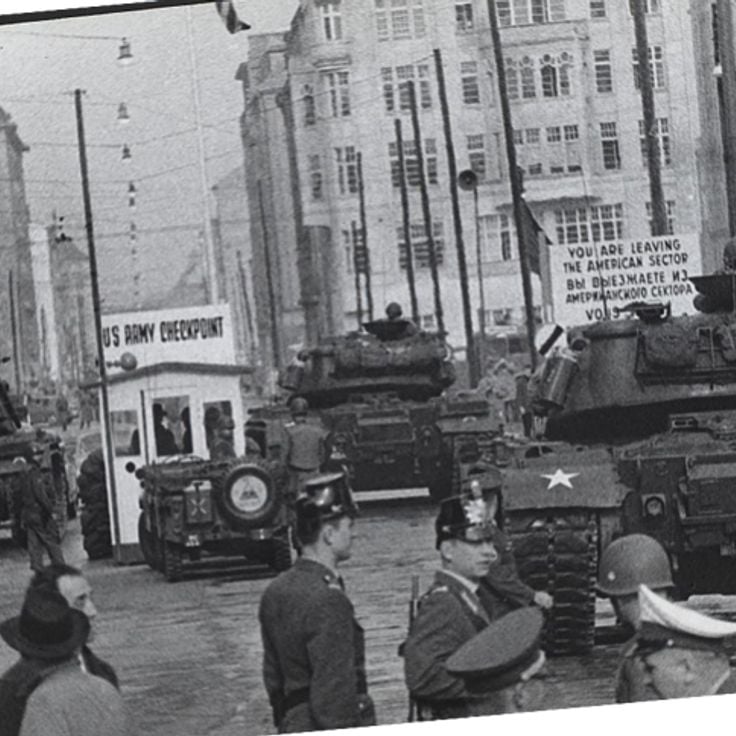
Berlin, Germany
Checkpoint CharlieFormer crossing point between East and West; it remains one of the most significant sites of the wall. Its replica and museum attract visitors from around the world every day.
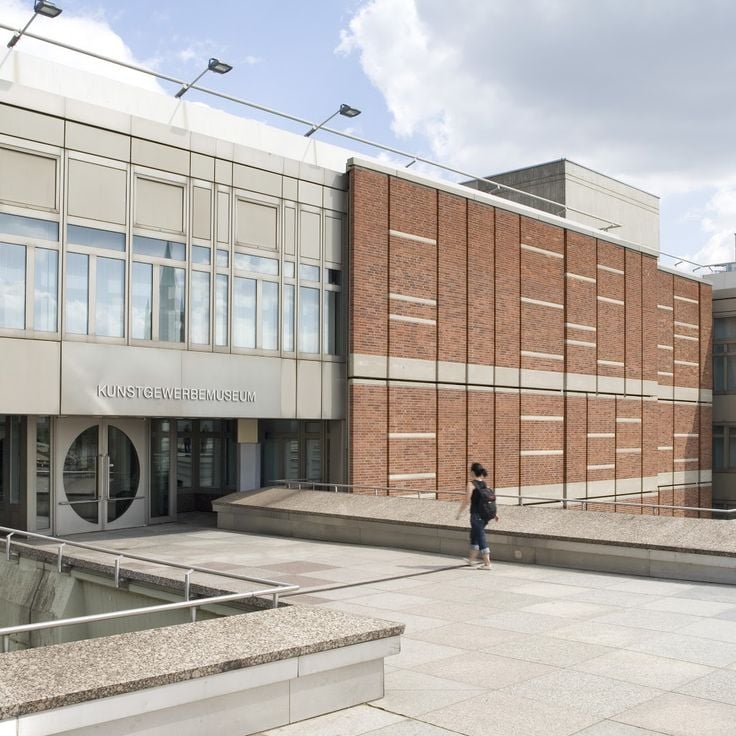
Berlin, Germany
Museum of Forbidden Art Schlesischer BuschIn an old watchtower, this museum exhibits censored works from East Germany. Art and freedom meet in a place filled with history.
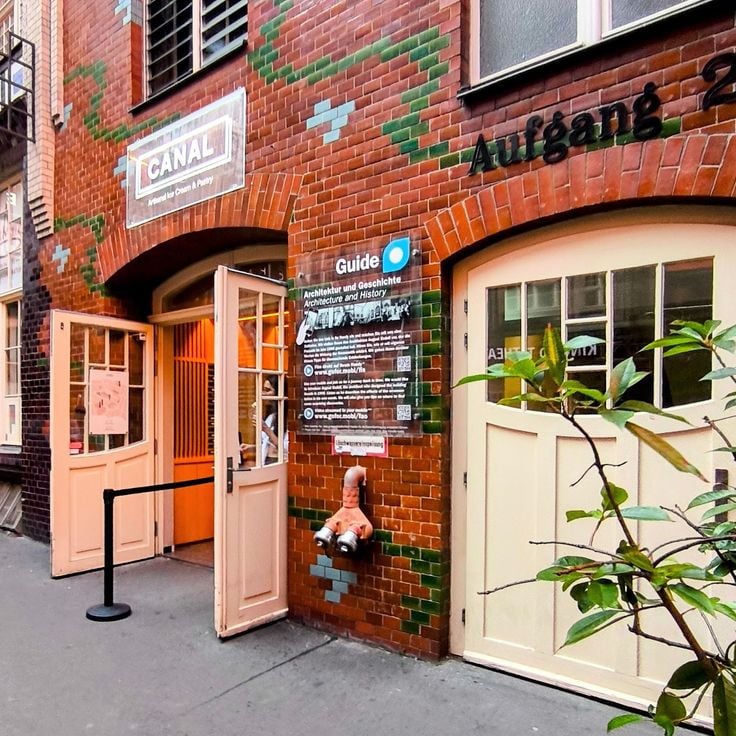
Berlin, Germany
Luisenstadt CanalBefore the construction of the wall, the Saint-Michel church could be seen from this canal. Today, the site remains marked by the separation it long symbolized.

